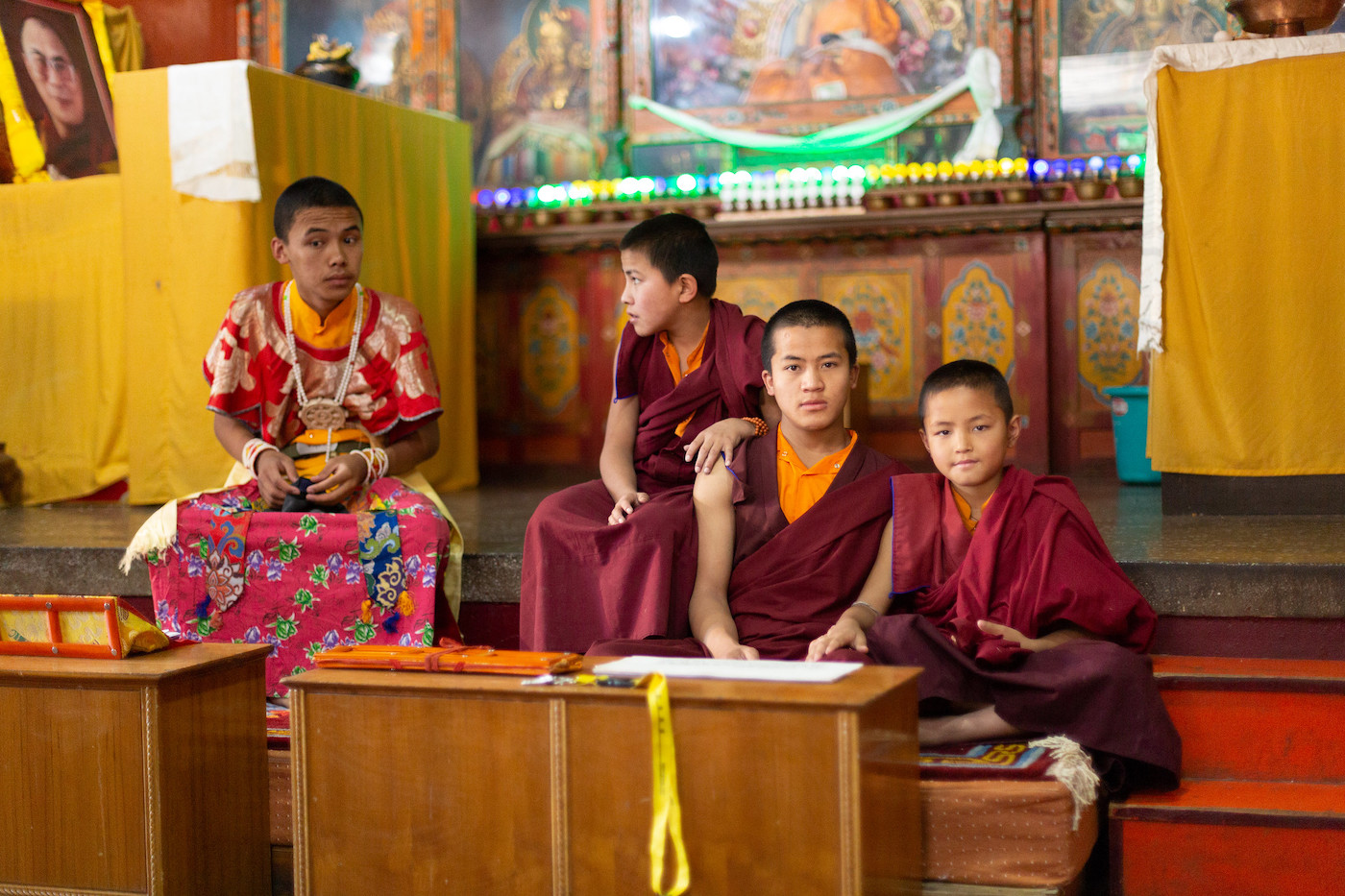
Buddhism has perhaps more dances associated with it than any other religion. These dances occur in theatrical, ritual, and monastic settings, and rarely occur as standalone items. Rather, the dances are part of larger rituals, sometimes many days long. In the coming months, this column will look at an Obstacle Removing Ritual as well as a Cham dance rehearsal to share a glimpse of the context in which Buddhist dance finds itself.
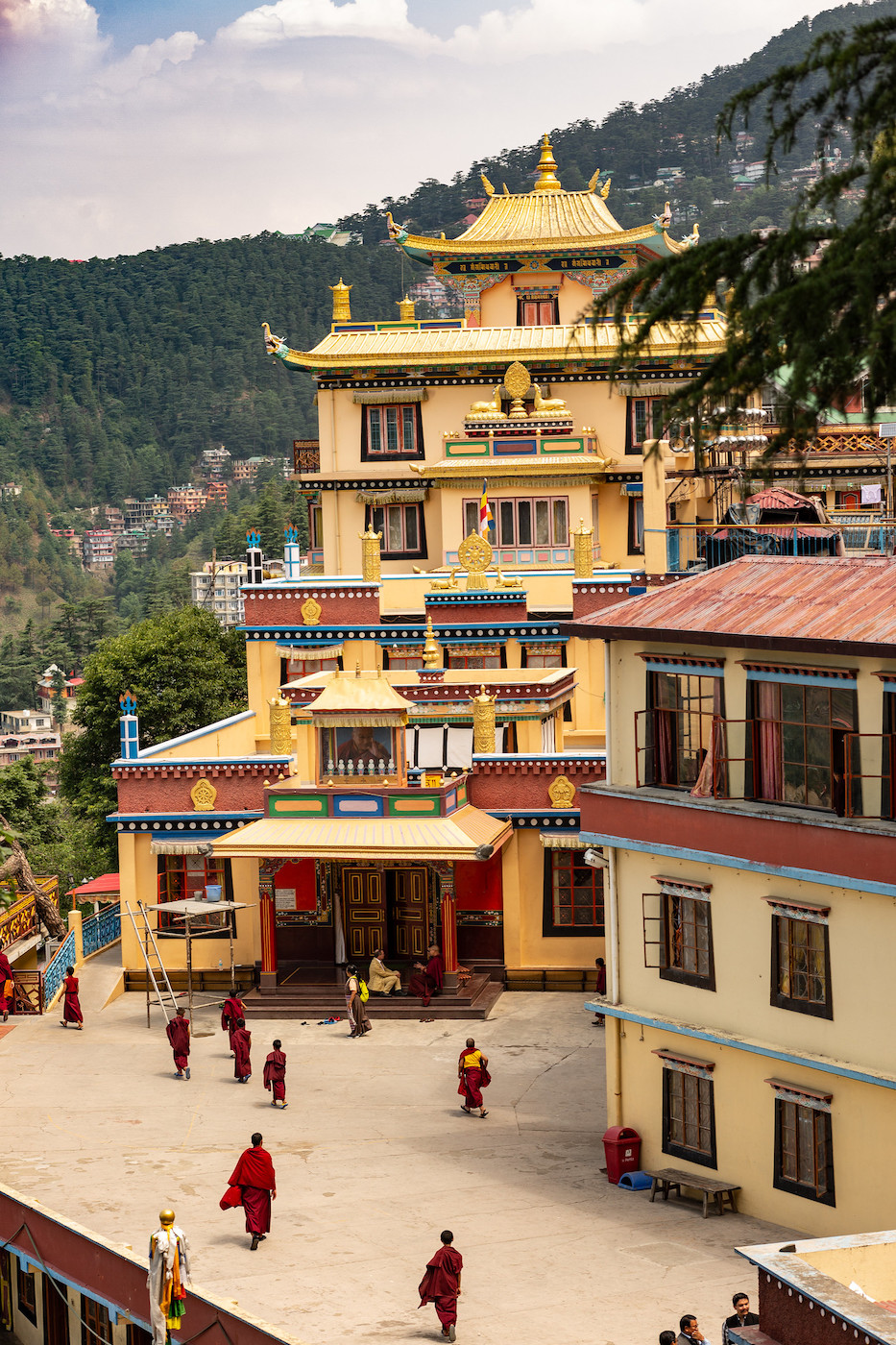
Photo copyright Jonathan Greet, 2019, for Core of Culture
The monastery Thupten Dorje Drak Ewam Chogar in Simla, a town situated in the northern Indian state of Himachal Pradesh, is better known as Dorje Drak Monastery. Dr. Thinles Dorje, a fomer monk from Ladakh, explains: “It is one of the six ‘mother’ monasteries of the Nyingma school. It follows the Northern Treasure tradition of Treasure Revealer Terton Rigzin Doden established in the 17th century. The Simla monastery was founded in 1984 by Taklung Tsetrul Rinpoche, who passed away several years ago. Dorje Drak Monastery is joined by a monastery in Tibet and another in Ladakh, and these three are responsible for the ancestral lineage transmission of rituals, including Gar and Cham dances.”
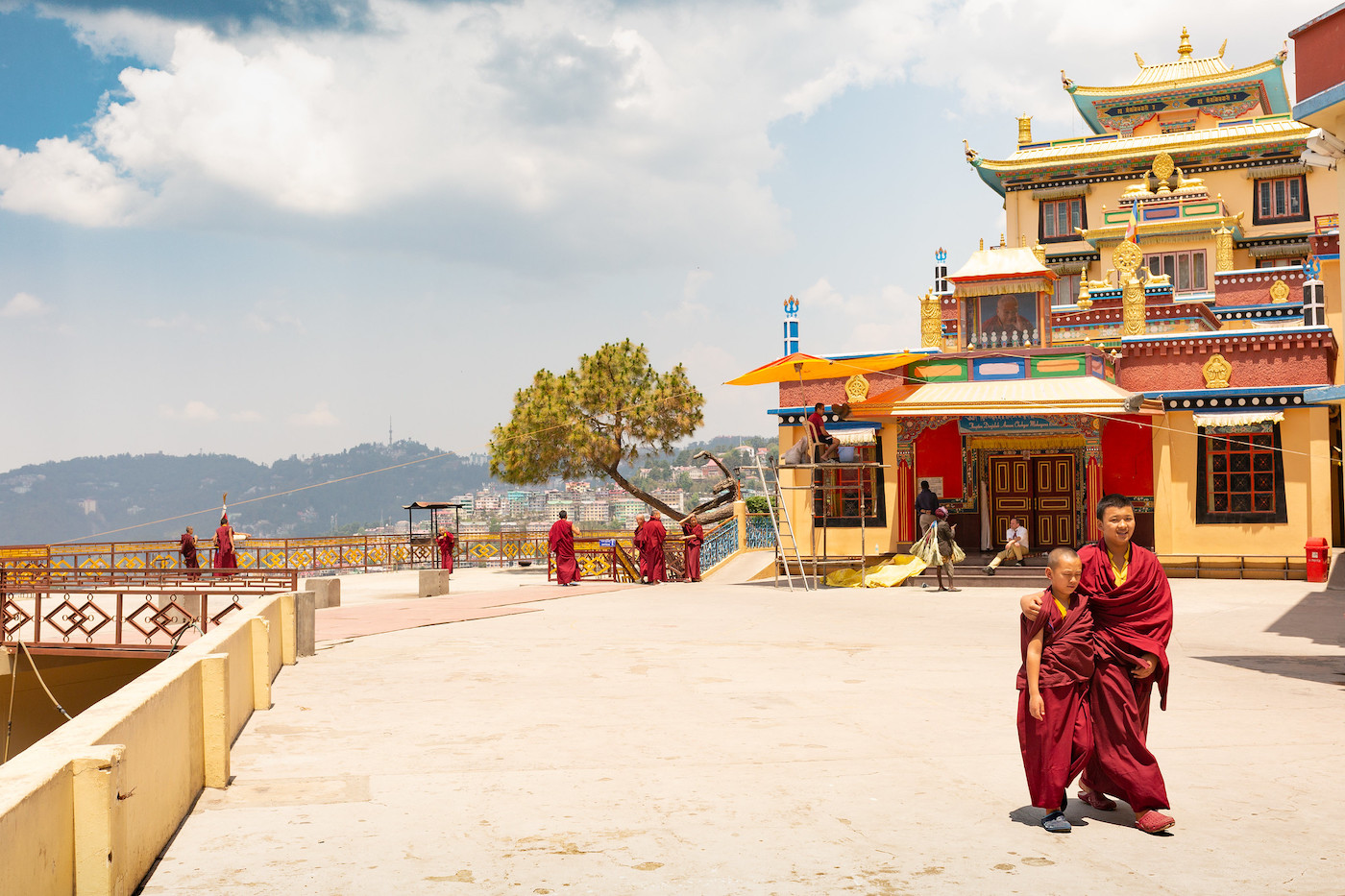
Buddhist dance is most often part of a larger ritual, and in a monastic setting the ultimate context of the dance is the monastery itself, the monk body, the boys who grow into men as monks, learning the philosophical and liturgical aspects of Vajrayana Buddhism. If you want a good monk dancer, make a good monk. This model is challenged by the modern world, that prefers boys to be in standard schools, and brings them to monastic ritual observance later in life.
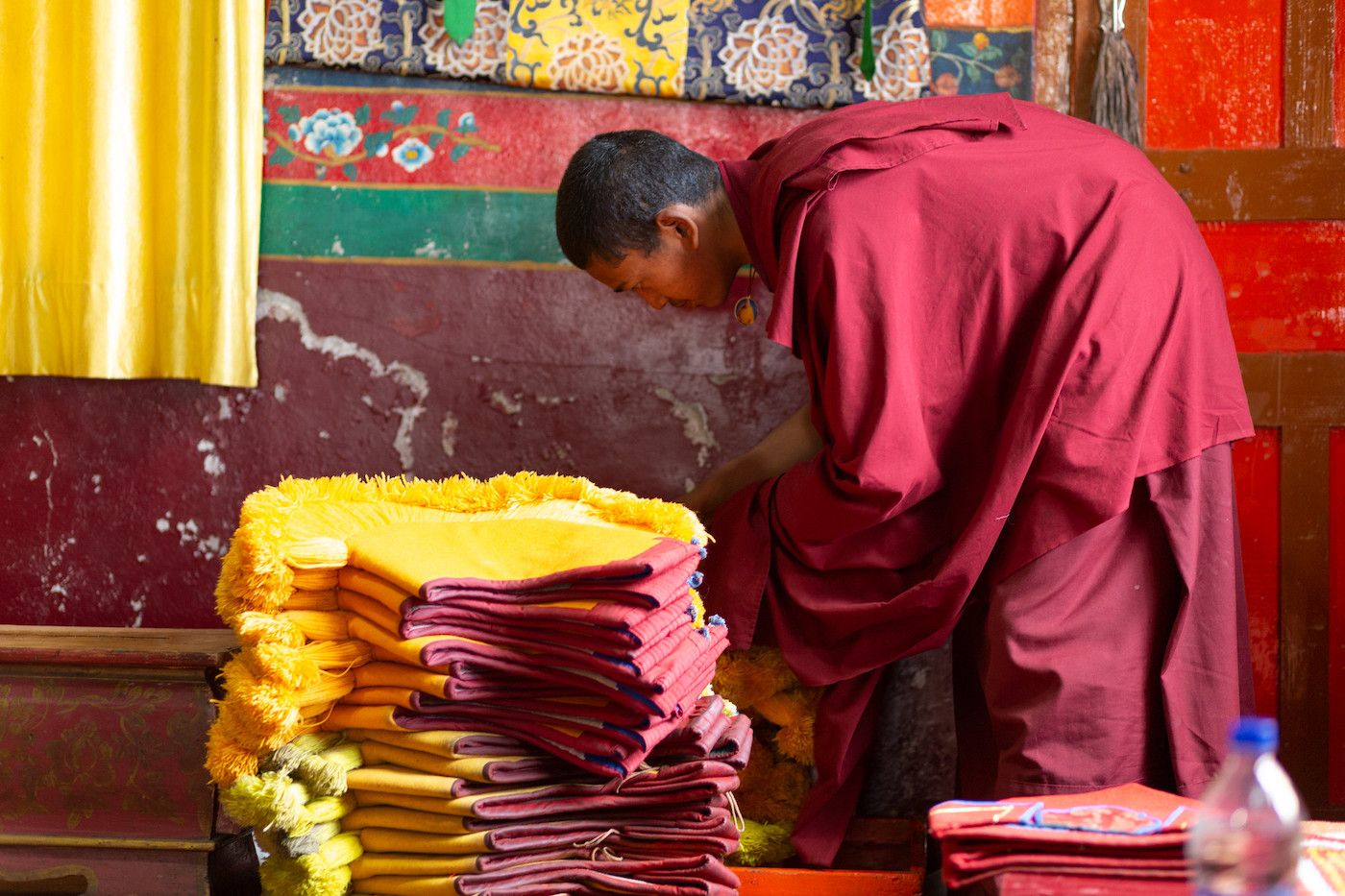
Just as with a classical ballet dancer, the best ones start as children who develop whole layers of expression, meaning, and artistry within movement forms that they have fully ingrained into their bodies. Some monasteries have substantial meditation requirements for dancers or dance leaders. This adds years of solitary meditation to dance preparation. Other monasteries, more rarely, train monks as young as 12 in Cham so that the movements themselves are mastered with familiarity, and it is easier to add meaning and expression, even meditation, once the movement is easily performed. In these cases the dance is truly second nature, spontaneous.
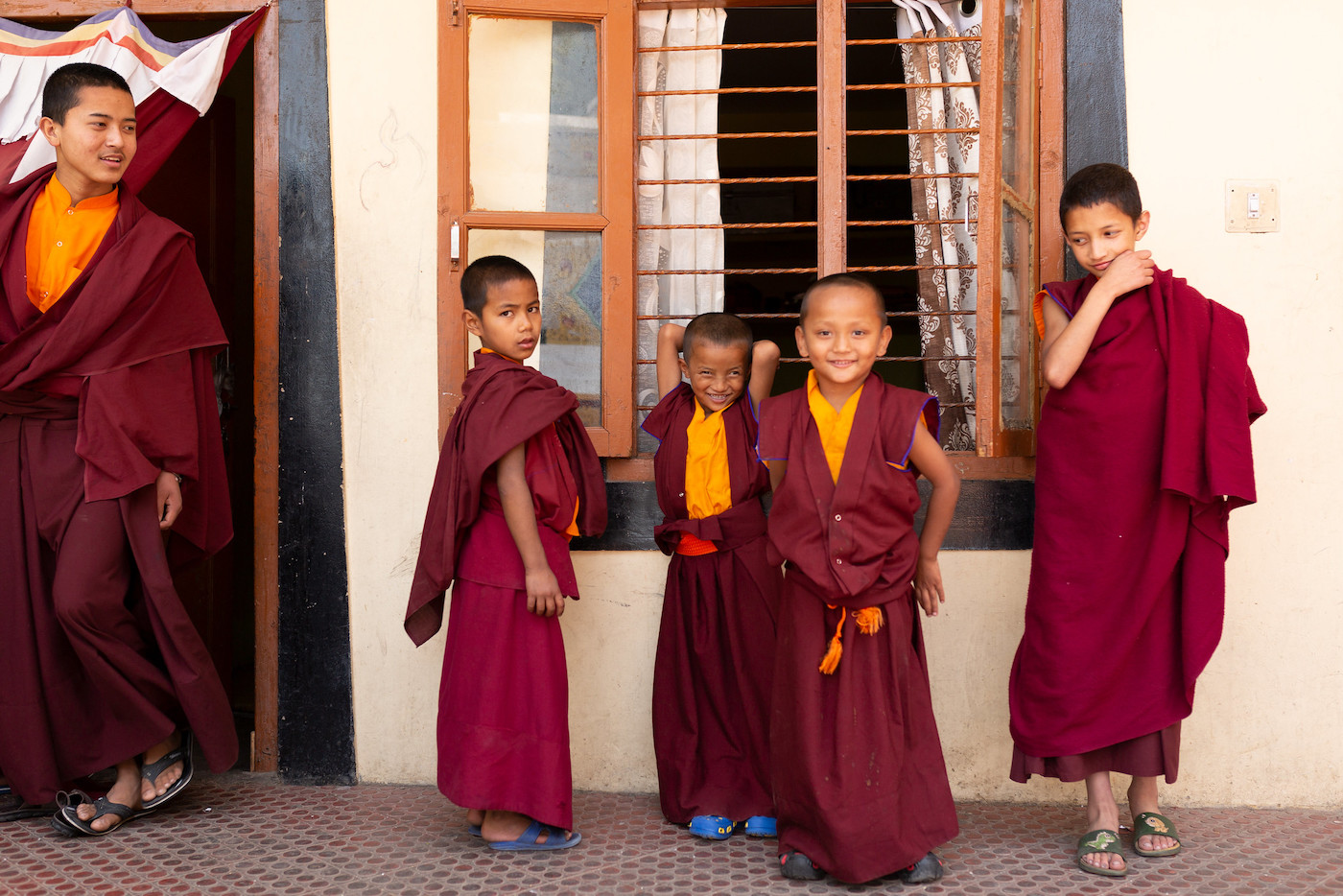
Dorje Drak Monastery has managed in this modern world to preserve a full contingent of boys entering religious orders. Monasteries have famously demonstrated that they know how to raise boys into productive balanced men. With the end of the feudal system that required families to offer one son to the monastery, today’s entrants come from a wide variety of home backgrounds, all of which turn to the monastery to educate and raise the boys, to give them a home from which to navigate a place in the world.
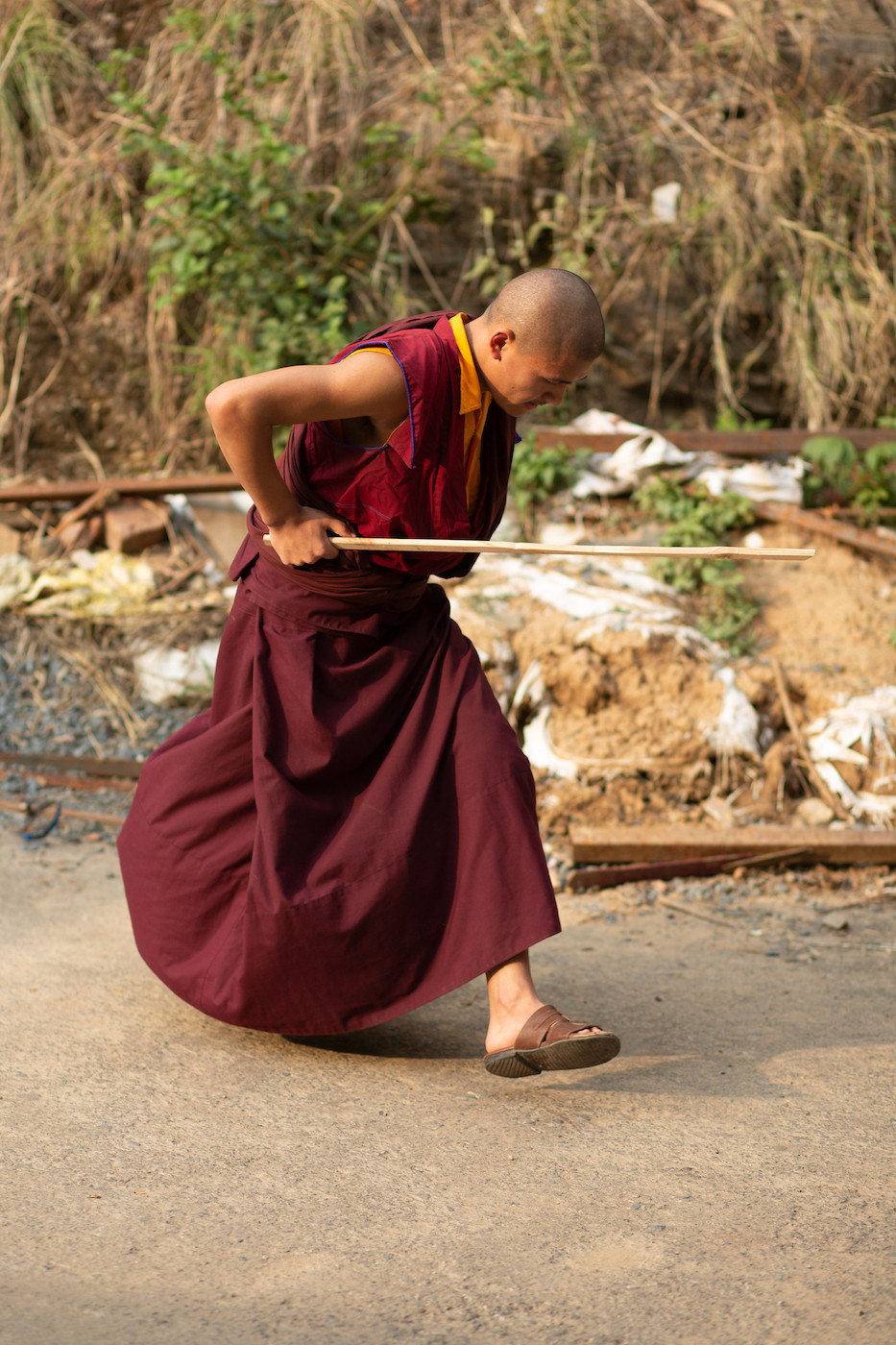
Photo copyright Jonathan Greet, 2019, for Core of Culture
Please find here, in beautiful revealing photographs by English photographer Jonathan Greet, candid shots of monklife at Dorje Drak: happy children, a community of supportive people, sustained by high-minded ideals and very practical realities—such as feeding 150 monks three times a day. Teaching the growing boys ritual and dance rises out of the wholeness they feel as part of the monastery. Let the photos show you the living context of monastic dance.
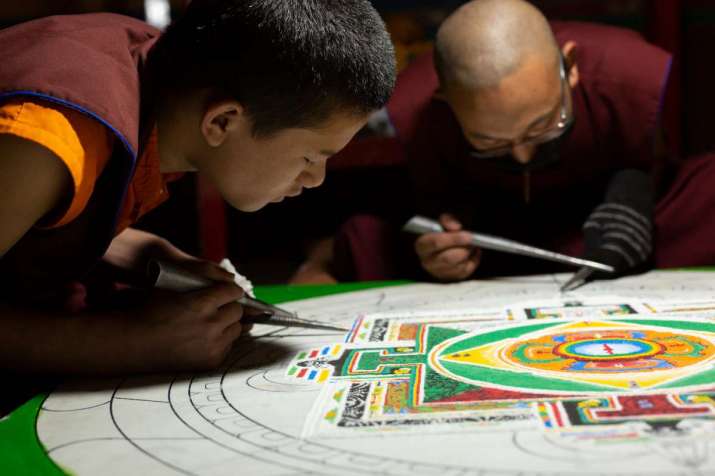
With thanks to Dorje Lopon Shedup Jigmey, Dorje Drak monastery; Dr Thinles Dorje, Dechen Lundup and Jonathan Greet; and all the monks at Dorje Drak. Special Thanks to Barbara Kipper.
See more












